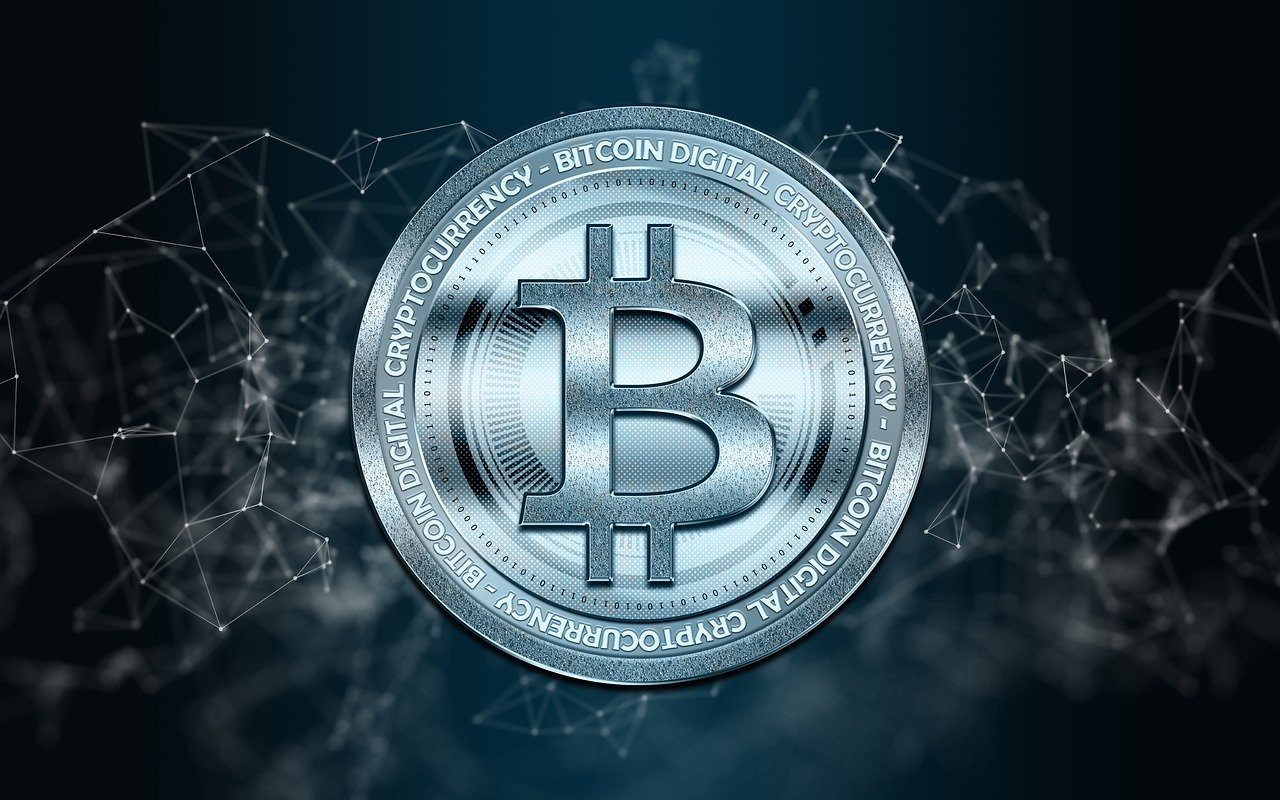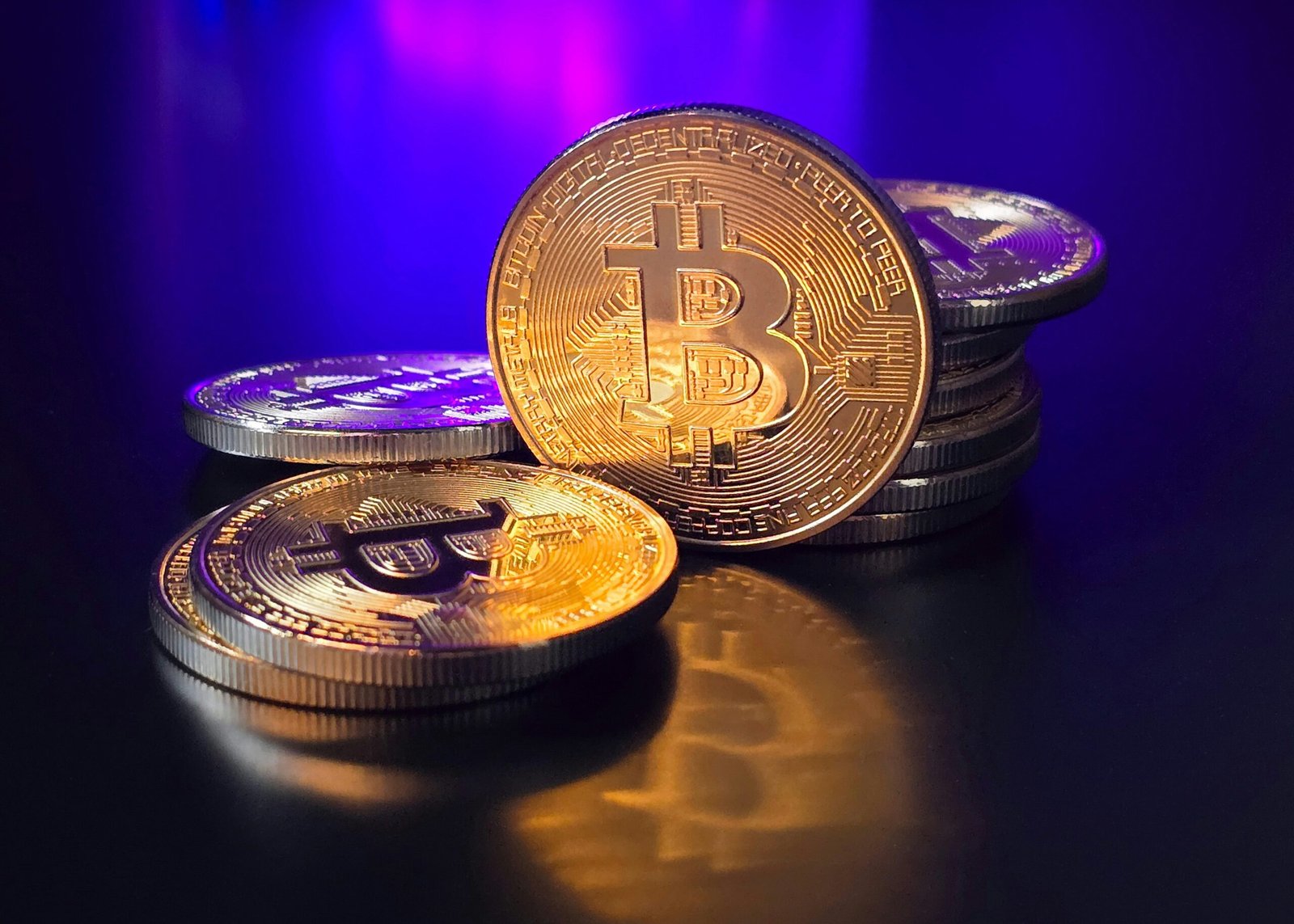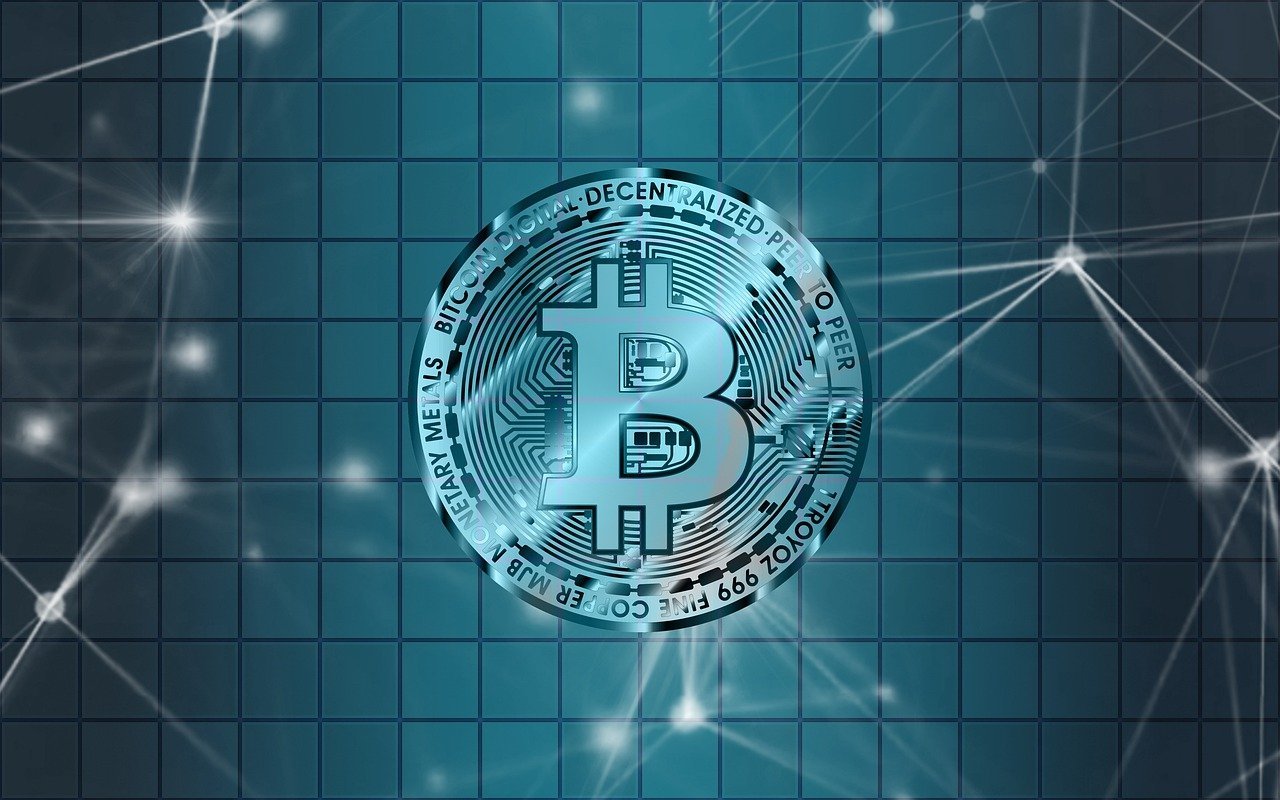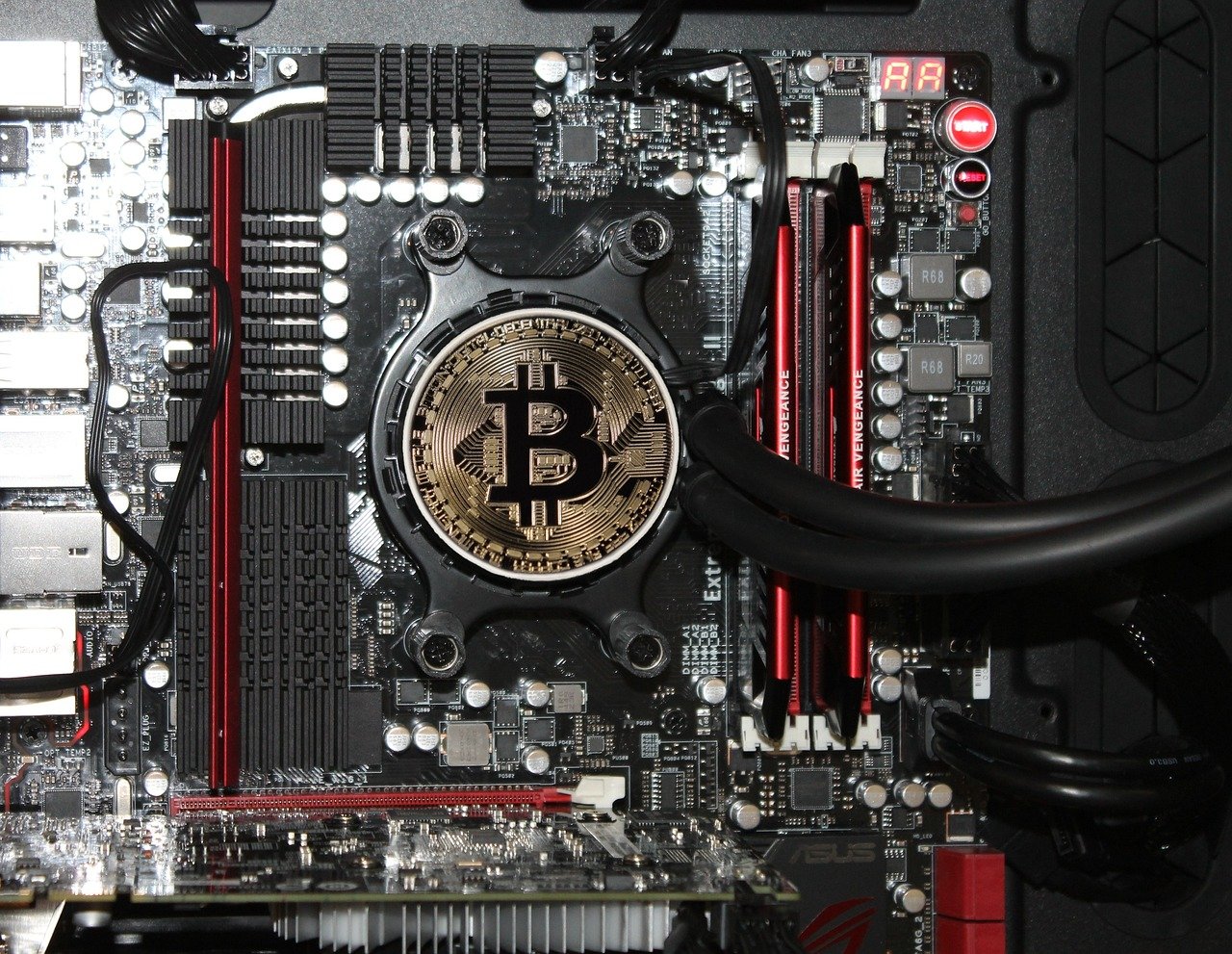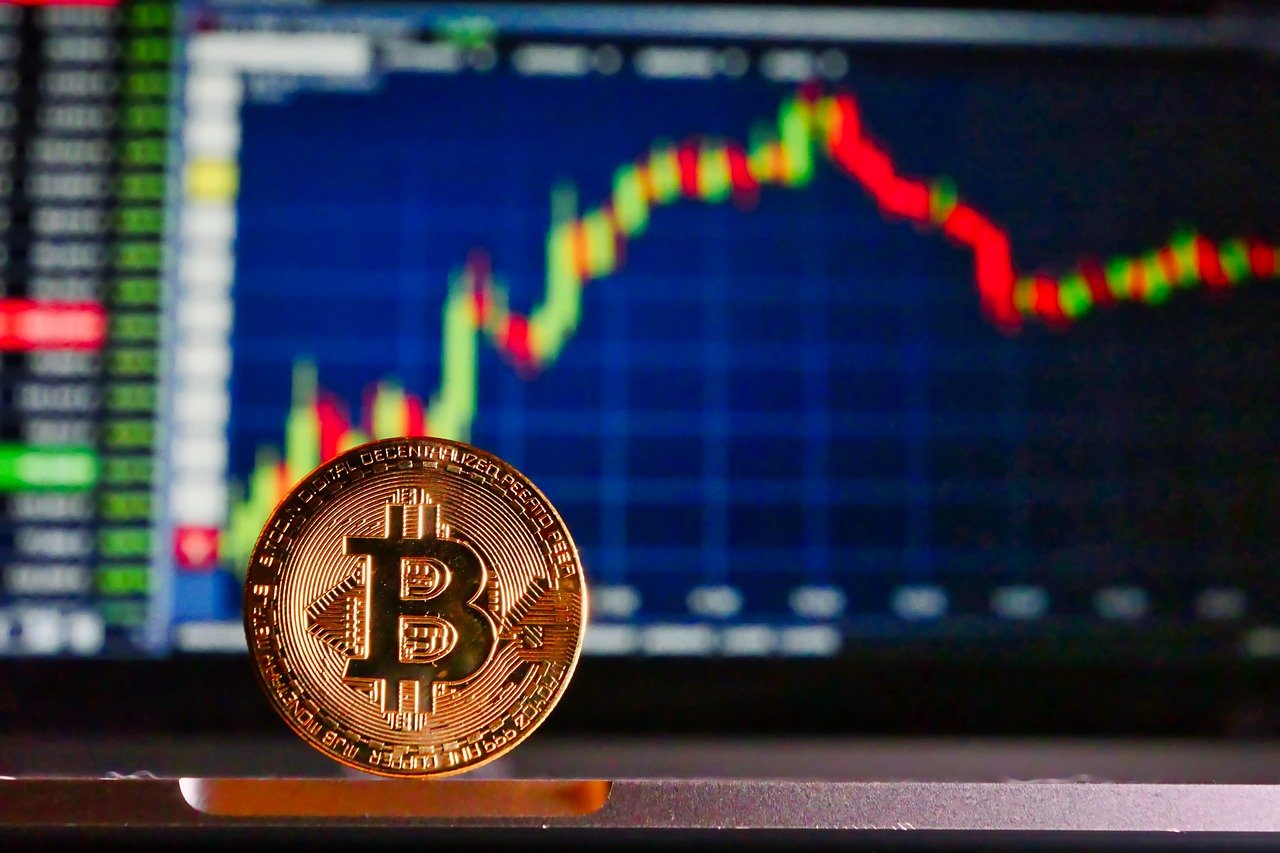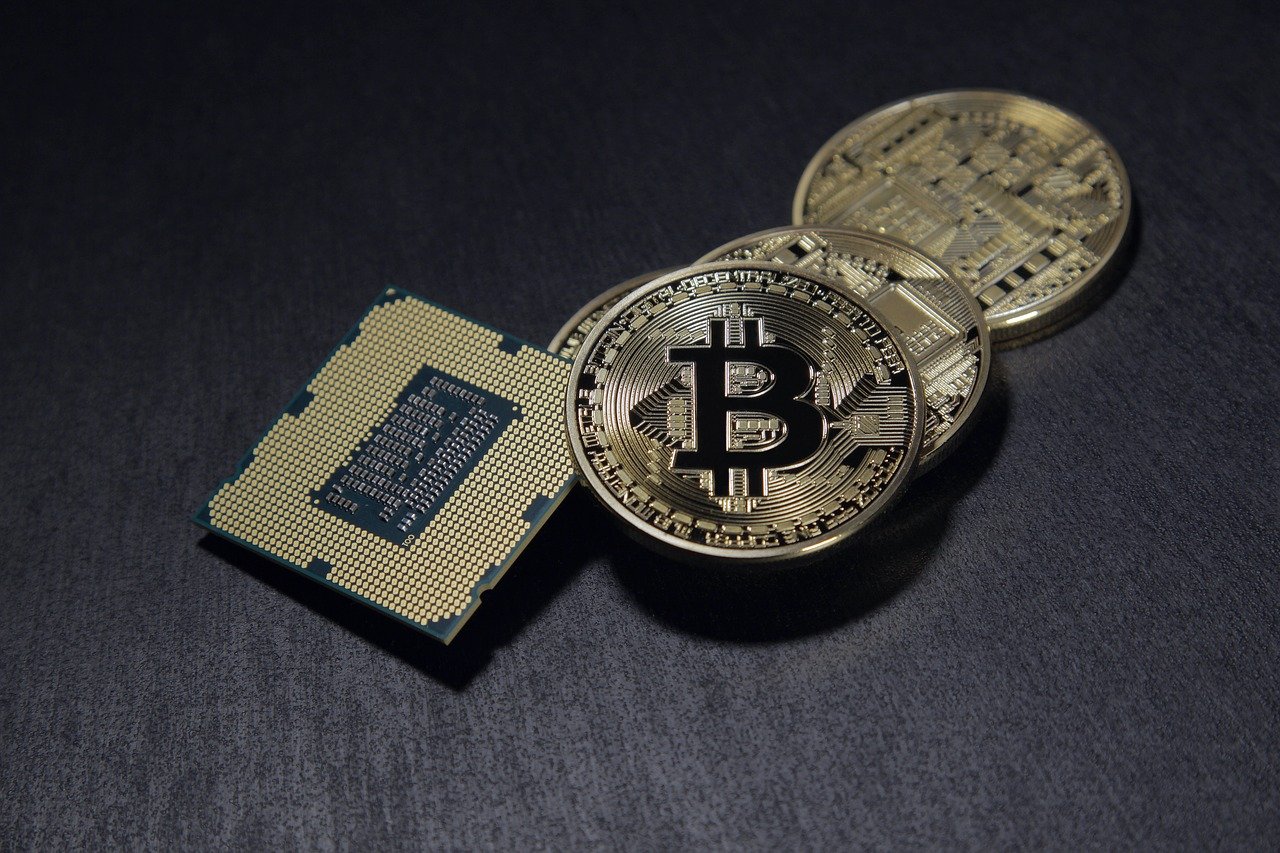Introduction
SimpleSwap is a non-custodial crypto exchange used for instant swapping of cryptocurrencies. This platform offers flexibility in swapping of cryptocurrencies. Users can connect their wallet or purchase crypto using the available payment methods to initiate swaps. Instant exchanges like SimpleSwap typically do not require any sign up. They use liquidity provided by their partners to facilitate trades.
The primary disadvantage of using instant exchange is that they often charge higher fees compared to traditional crypto exchange. However, some of the instant exchanges offer competitive rates. SimpleSwap, for instance, aggregates liquidity from multiple sources to provide the best market rates.
How SimpleSwap Works
Being a non-custodial platform, SimpleSwap does not require any sign up and it also does not store users’ funds. User connects his wallet to transfer crypto to the SimpleSwap, which is then converted to another cryptocurrency. SimpleSwap uses the aggregated liquidity to process the transaction. If user selects fixed rate and initiate a transaction, the crypto is swapped at specific predefined rate. If the user selects the floating rate option, the transaction will be executed at the current market rate, which may fluctuate during the processing time. The processing of transaction typically takes several minutes. SimpleSwap converts the transferred cryptocurrency to desired cryptocurrency and sends it to user’s wallet.
For dedicated users, SimpleSwap offers a Loyalty Program with various plans. This program provides cashback rewards for every transaction made on the platform, enhancing the user’s overall experience and benefits. In order to join the program, user needs to register an account.
Swapping Cryptocurrencies
The process of exchanging cryptocurrencies is simple. You don’t need to register any account or complete KYC process. Here’s a step-by-step process to exchange crypto:
1. Visit SimpleSwap
Go to SimpleSwap website or mobile app.
2. Select cryptocurrencies
Select the cryptocurrency you want to exchange from the dropdown menu in the “You Send” section. Then, select the cryptocurrency you want to receive from the dropdown menu in “You Receive” section.
3. Enter Amount
Now, enter the amount of cryptocurrency you want to send in the “You Send” section. The corresponding amount of receiving cryptocurrency would be automatically calculated and displayed.
4. Select exchange rate
Choose “Fixed rate” or “floating rate” option.
Fixed rate: The rate is fixed for a limited time, and you will receive exact amount of cryptocurrency shown.
Floating rate: The rate can change during transaction, depending on market conditions.
5. Enter recipient address
Enter the wallet address where you want to receive the converted cryptocurrency. Double-check and ensure you write the address correctly.
6. Confirm transaction
Review the transaction details, including the exchange rate and the recipient address. And then click “Exchange” to initiate the transaction.
7. Send cryptocurrency
Simpleswap will generate a deposit address or QR code. You need to enter this deposit address manually in your wallet or scan the code to transfer crypto to the SimpleSwap. The transaction processing would take several minutes.
8. Receive cryptocurrency
Once transaction is completed, you will receive desired crypto in your wallet. SimpleSwap will send you a confirmation message. You can also check transaction summary and status on SimpleSwap website.
Concluding Remarks
SimpleSwap simplifies the swapping of cryptocurrencies. Without registering any account, users can instantly swap crypto at good market rates. This provides seamless experience for both beginners and professional traders. Additionally, SimpleSwap also offers Loyalty Program which provides cashback rewards. Through various plans of this program such as Bronze, Silver, Gold and Platinum, users can earn cashback rewards in BTC. The amount of cashback rewards that user receives depends on the loyalty level. Platinum provides the most rewards on each transaction.
